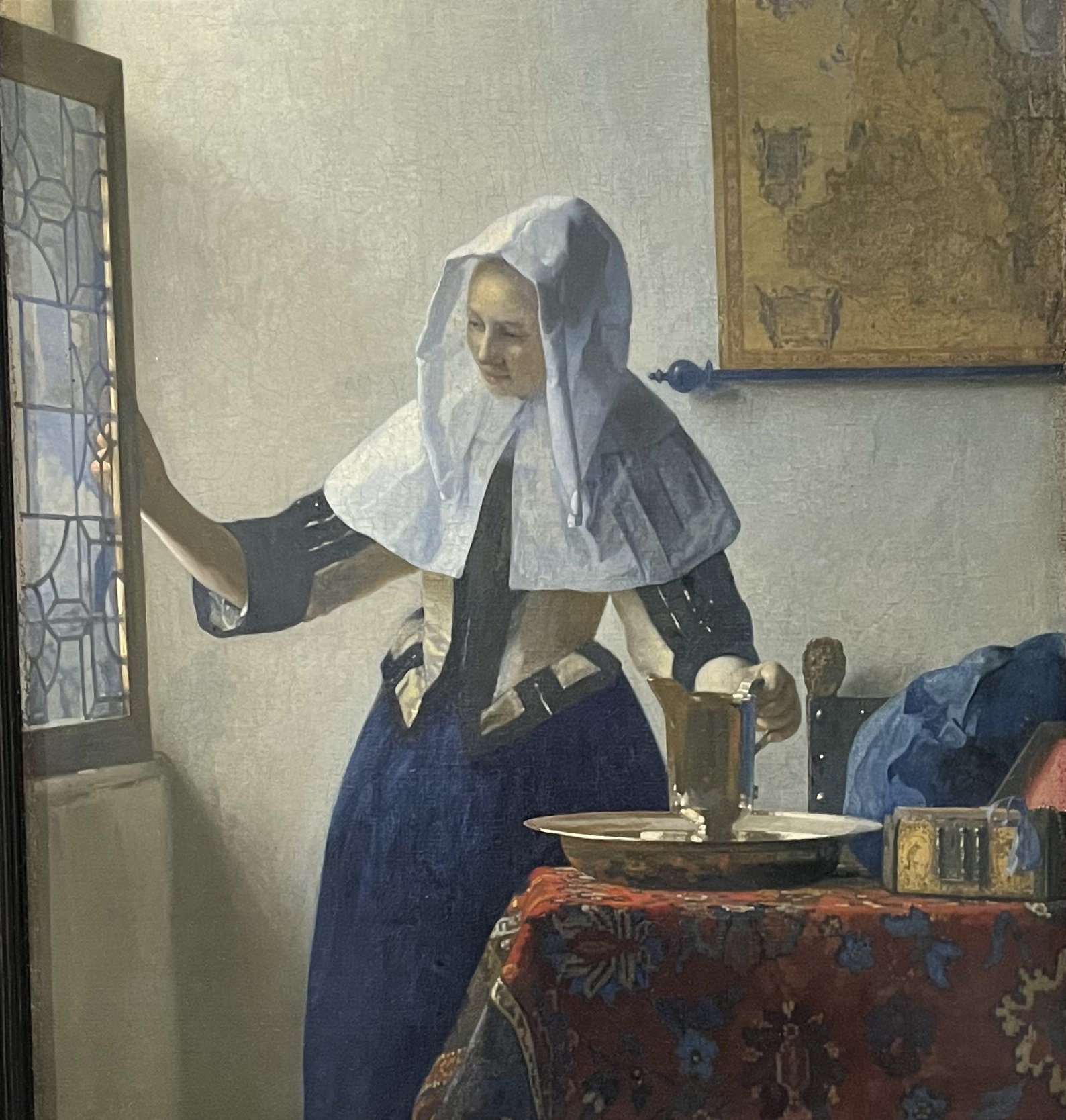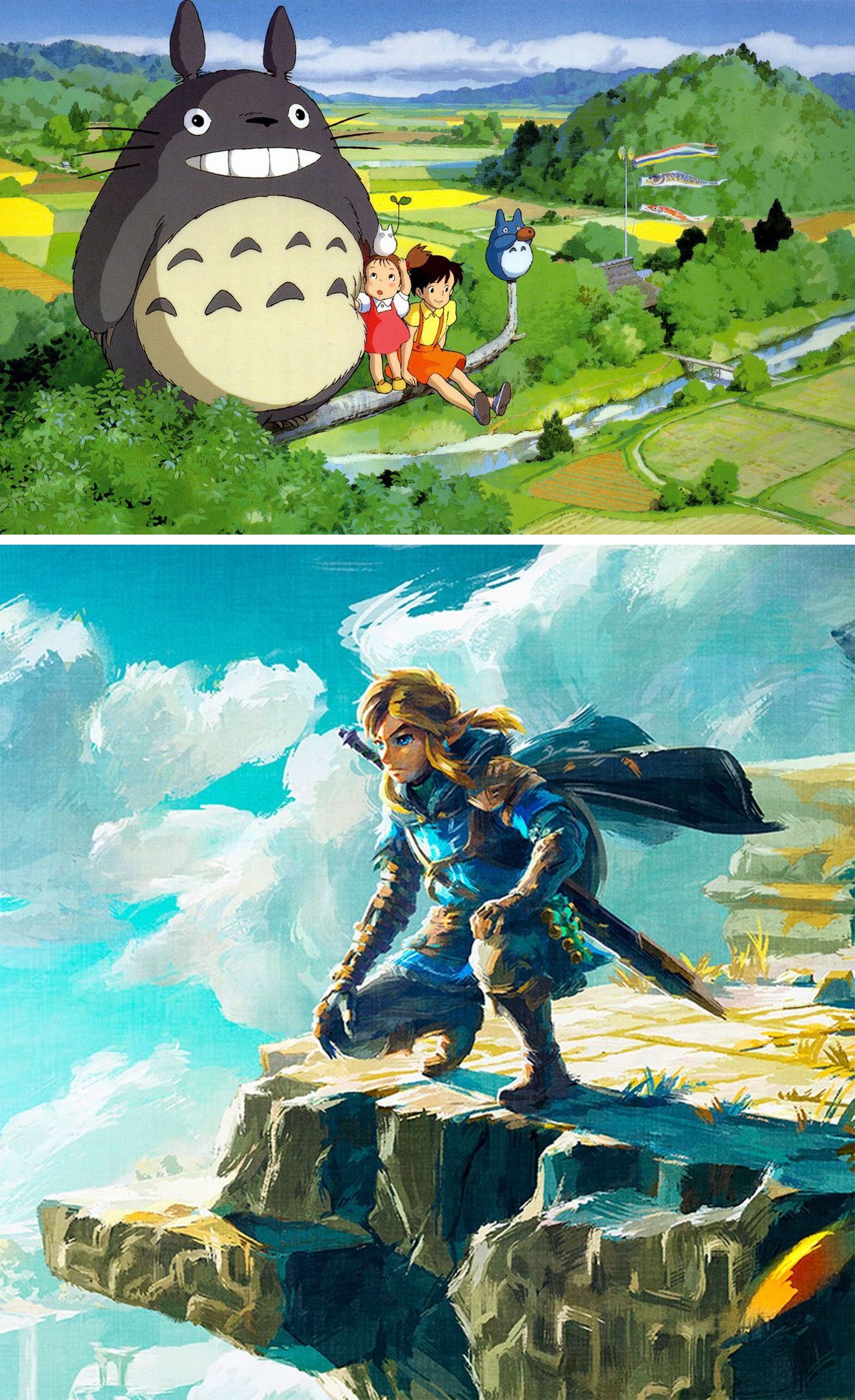Is Illustration Art?
Illustration and Realism
Illustration by Norman Rockwell
I was inspired to be an illustrator when I saw the illustrations by Norman Rockwell when I was a child. His paintings told stories, about holidays, everyday moments, growing up, celebrating those moments that slip by so fast but yet remain in our memories tucked away like old photographs. He celebrated these moments in his beautifully executed paintings, rendered with oil on canvas in his hyper realistic manner. In reading his biographies I learned that he was very much aware of the modern art movement that was all around him. How could he not be? At one point in his career he did try to work in a more abstract method, but the results were not satisfying to him, because it just wasn’t who he was as a creator. After all, we do need to be true to ourselves as artists/illustrators, don’t we?
When I first went to art school at Pratt Institute in Brooklyn, NY I was introduced to a way of looking at and creating art, but in retrospect I don’t think I was mature enough to understand what I was being taught. I was in the graphic design/commercial art department which didn’t dwell too much on fine art conceptual thinking, although it was an influence nevertheless. There was one student in my classes who could paint like Norman Rockwell! As a teenager he had studied with an artist who taught him the techniques of realistic painting. Everyone in class was astounded at how well he could paint, because it looked so REAL! But what was perplexing was the reaction of the professors to his work, which was either completely negative or dismissive! I remember his crestfallen face when he received these critiques because he had thought, mistakenly, that his art would receive praise! At 19, he was trained in a realistic technique that was not easy to master, but little did he know that many art schools didn’t value the techniques of the old masters.
Painting by Johannes Vermeer
It wasn’t until I began work on my MFA (Master of Fine Art) that I began to understand what caused this attitude towards illustration and realism. As art moved into the 20th century (putting on my professorial robes now), artistic expression moved from the realistic modes of the previous centuries into modernism, which resulted in abstraction. Putting it simply, as artists moved from Impressionism, to abstraction, eventually the recognizable image in art disappeared as part of a natural evolution of artistic expression. So, the art schools reflected that evolution in their teaching methods. The art of the 19th century was called “mimetic”, which describes a process of creating an image that looks like what we see in the world. It’s recognizable to everyone, even non-artists. And for most of the academic art world, it was the art of the past. Required reading in art history classes was an essay by Clement Greenberg, called “Avant-Garde & Kitsch” which basically criticized commercialism in the art world, using Norman Rockwell as a poster boy for what he thought of as being a low form of art. He used the word kitsch to describe art that catered to popular tastes amongst the masses, and sought to elevate artists like Jackson Pollack and Willem DeKooning as forms of “high art” that were more worthy of admiration. These artists are certainly worthy of admiration and were important in the history of art at mid-century.
Painting by Jackson Pollock
Painting by Willem De Kooning
I learned so much from working for my MFA, which is a degree that I needed to teach college level courses. I now understand why those professors from way back in my time at Pratt turned their noses up at the realism of my fellow student. After presenting my work in classes, a few fellow students in the MFA program asked me, “don’t you ever have the desire to work abstractly?” I was initially taken aback, then I responded by saying that I believe all works of art contain abstract elements in composition, colors, basic graphic elements, formal qualities that make up all works of 2- dimensional art. I don’t think that they understood that abstraction was being used to express a different artistic feeling. Pollack, DeKooning and Mark Rothko were using non-representational imagery to express themselves as artists, with one difference being that they were not telling a specific story, because it wasn’t about the narrative for them. There was a story behind each work of art, but the artist also left it up to the viewer to interpret it in their own way.
Painting by Mark Rothko
This is when I had my epiphany, not of major proportions, but I now understand what purpose realism and illustration serves in the world of art. In a very general sense, the fine art of the 20th century, to the present day has been about self-expression which often has abstract qualities, which do not necessarily tell a specific story. This brings me back to thoughts about Norman Rockwell, his realism, and his illustrations. It now made sense that the anti critics scoffed at Rockwell’s work because he was an illustrator who told stories through his paintings, and a realist to boot! I won’t go into this in detail now, but being an illustrator in academia has been complicated at best. Because illustration has been scorned as a legitimate “artistic” pursuit, many if not most departments have not had it as a main part of their curriculum. But this has been changing.
Painting by Norman Rockwell
The pendulum in the art world, like in most worlds, swings back and forth. There have been major retrospectives in museums for artists like Rockwell, Edward Hopper and Andrew Wyeth, all realists. Wyeth is a good example of an amazing artist who had been spurned by almost all art academics for many years, which is interesting because he wasn’t an illustrator but was employing a medium and realistic style that was seen as a relic of the past. I remember seeing his famous painting “Christina’s World” at MoMA in NYC, positioned right outside the women’s rest room! And I thought to myself, are they making a statement here, or was it just an unfortunate positioning?I’m not sure where it is now, but I tried to put these thoughts out of my mind.
Painting by Andrew Wyeth “Christina’s World”
Painting by Edward Hopper
I believe that the art world of today embraces a more eclectic vision of what art is. I see this reflected in the art program where I have been an instructor for over 20 years because students have requested my mentorship to express themselves in areas where the narrative is important. Young people are interested in graphic novels, video games and animation where the image is used to tell a story. Some colleges have created departments to fulfill the need that students have to express themselves through their own creation stories. So, is this fine art?? Is this illustration? Is this kitsch? Does it even matter as long as we are free to create what is inside ourselves as artists.
Top image: from the movie “My Neighbor Totoro” directed by Hayao Miyazaki
Bottom: Image from Image from “The Legend of Zelda: Tears of the Kingdom” Nintendo video game








